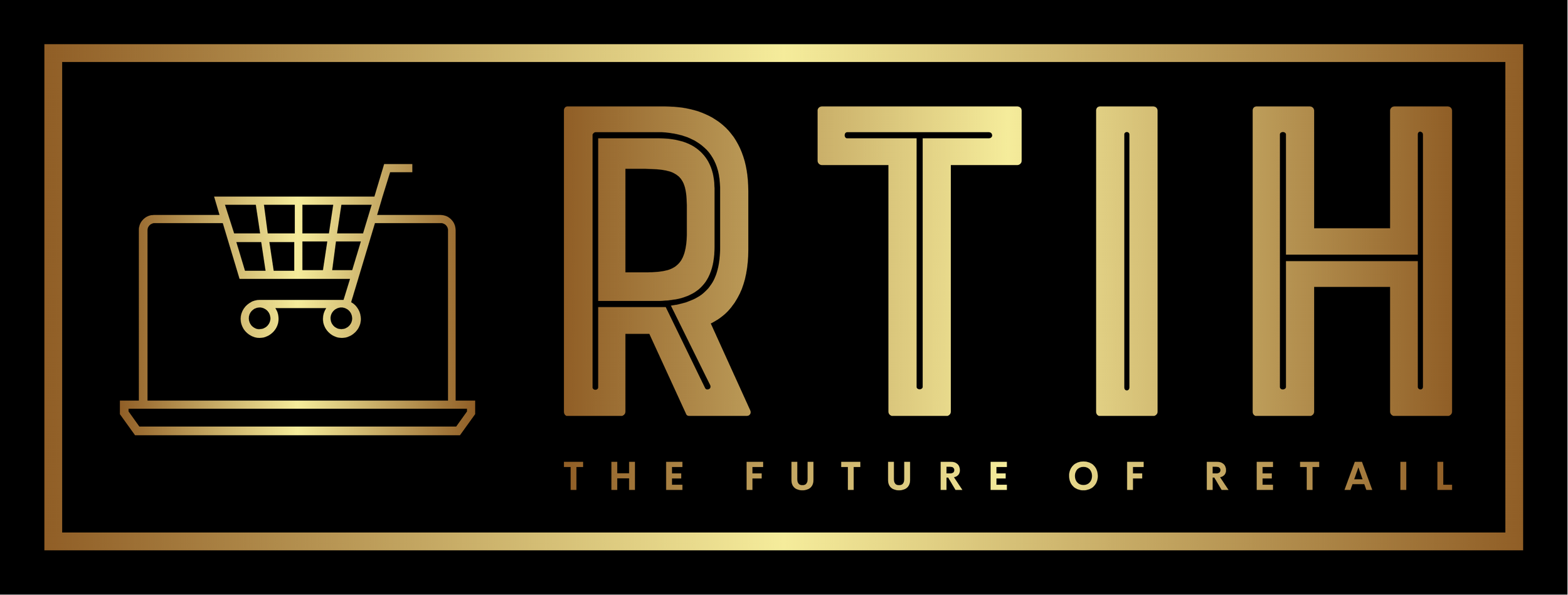Retail gamification: boosting customer engagement and loyalty
In today's competitive retail landscape, businesses are constantly seeking innovative ways to capture the attention and loyalty of customers. One emerging trend that has gained significant traction in recent years is retail gamification.
By incorporating gamification elements into their strategies, retailers are revolutionising the shopping experience and reaping the benefits of increased customer engagement and loyalty, just like online casinos offer free spins no deposit deals to incentivise players to open an account on their platform and play online games.
In this article, we will explore the concept of retail gamification, see why it is relevant in the industry, and provide successful examples of its implementation.
What is retail gamification?
Retail gamification refers to the integration of game like elements and mechanics into the shopping experience to motivate and engage customers. It takes inspiration from the principles of game design, such as competition, rewards, and achievements, and applies them to the retail context.
This emerging strategy aims to create a sense of excitement, motivation, and personal investment for customers, ultimately influencing their behaviour and fostering long-term loyalty.
By providing a gamified experience, companies aim to captivate and engage customers on a deeper level, encouraging them to spend more time in-store or online, make repeat purchases, share the word about the product or service they bought, and interact with the brand through various channels.
Why is retail gamification important?
In today's digital age, where attention spans are fleeting, and competition is fierce, retail gamification offers a compelling solution to stand out from the crowd.
By introducing playful elements into the shopping journey, retailers can make the experience more enjoyable, memorable, and engaging for their customers.
Moreover, sales gamification addresses a crucial aspect of modern consumer behaviour – the desire for instant gratification.
The inclusion of rewards, badges, and challenges incentivises customers to complete certain actions, such as making purchases, sharing products on social media, or referring products and services to friends and family in exchange for immediate benefits.
This immediate feedback loop not only enhances the shopping experience but also instils a sense of achievement and satisfaction in customers, fostering loyalty and repeat business.
Successful retail gamification examples
Loyalty programs
One of the most common and effective forms of retail gamification is the implementation of loyalty programs. Retailers reward customers for their repeat purchases, providing them with exclusive offers, discounts, or access to VIP events.
By gamifying the loyalty program, retailers encourage customers to unlock higher tiers, earn points, and receive personalised rewards based on their engagement and spending habits. For instance, customers can earn discounts or gain access to limited-time promotions by reaching specific milestones.
Interactive displays
Interactive displays combine the sensory appeal of physical retail with the engaging nature of digital experiences.
By integrating touchscreens, augmented reality (AR), or virtual reality (VR) technologies, retailers can transform their stores into immersive gaming environments. Customers can interact with virtual products, explore different features, and even participate in virtual try-on experiences.
This gamified approach enhances customer engagement and provides valuable data on customer preferences and behaviours.
Reward systems
Retailers are also embracing reward systems to gamify the shopping experience. By introducing point-based systems, retailers encourage customers to collect points for various activities, such as making purchases, writing reviews, or referring friends.
Customers can then redeem these points for discounts, exclusive products, or other desirable rewards. This gamified approach incentivises customers to engage with the brand actively and fosters a sense of achievement and community among participants.
Conclusion
In conclusion, retail gamification has emerged as a powerful strategy to boost customer engagement and loyalty. By incorporating game-like elements into the shopping experience, retailers create immersive and interactive journeys that captivate customers and encourage them to participate actively.
Successful examples of retail gamification include loyalty programs, interactive displays, and reward systems. As the retail landscape continues to evolve, embracing gamification will be key for businesses looking to differentiate themselves and forge lasting connections with their customers.
So, whether it's earning freebies or unlocking exclusive rewards, gamifying the retail experience is a win-win for retailers and customers alike.

















